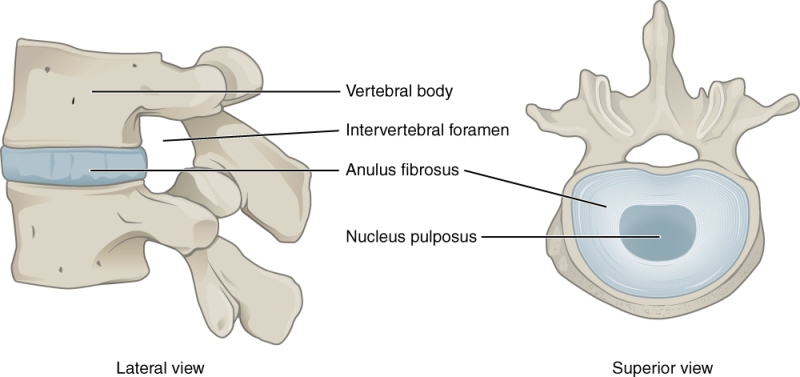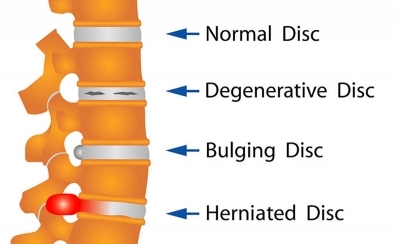Low back pain is a common injury we see when people progress too quickly through exercises, when they perform exercises incorrectly and when they have loaded too much and as a result are unable to maintain exercise positions.

Intervertebral Disc Anatomy
The intervertebral discs sit in between each vertebra. They allow the spine to be flexible while maintaining strength. They absorb shock and prevent vertebrae grinding together.
The main components are the inner nucleus pulposus (the softer, gel like center) and the outer, tough annulus fibrosus.
Annular Sprain & Tear
An Annular tear occurs when the outer of the spinal disc, also known as the annulus fibrosis becomes teared. An annular tear often is the first in a long succession of steps that will lead to a herniated disk.
This commonly occurs with natural age-related degeneration however it can also occur when the discs are put under pressure during high impact activities or exercise and with certain occupations.
- The pain can range from mild to severe
- The pain is often directly related to the location and tear of the size
- Symptoms include pain that worsens with activity, sitting or any positions that load pressure on the disc.
- There may also be pain when bending forward, lifting, sneezing or coughing.
Without appropriate and progressive rehabilitation, it may lead to a disc bulge

How do I know if I have a disc bulge?
A bulging disc occurs when there is a tear in the outer annulus fibrosis and the inner nucleus pulposus starts to encroach the disc border. Some bulging discs may not cause symptoms, others may be quite painful. The pain can range from mild to severe and is often worse with sneezing, coughing, sitting, lifting and most spinal movements.
What are the signs and symptoms?
- Usually a fit young adult (20-45)
- Pain usually becomes severe and as a result may disturb sleep
- Initial pain may be intermittent and relieved by changing the position of your back
- Pain is often aggravated by sitting, straining, coughing and sneezing
- Leg pain may follow back pain. Typically it is just on one side
- Pain can be dull, aching or extremely painful, typically felt centrally or on one side. Usually the pain is felt in the lower back or down the leg.
Without appropriate treatment and progressive rehabilitation, and may lead to a disc herniation
Herniated Disk – Symptoms and Causes
A disc herniation occurs when the material in the nucleus pulposus extends beyond the normal confines of the disc space.
- If there is pressure placed on the spinal cord or spinal nerves, there is often sharp, shooting pain, numbness or weakness along the nerve.
What are the symptoms of a herniated disk?
- Pain that extends to your arms or legs
- Pain after standing or sitting
- unexplained muscle weakness
- tingling, aching or burning sensation in the affected area
- Pain and Numbness
A herniation may occur when too much force is exerted onto the intervertebral disc when it is otherwise healthy or when there is an annular sprain or disc bulge predisposing it to injury.
PREDISPOSING FACTORS
Naturally there are some predisposing factors that put individuals at a higher risk of developing back pain when exercising. This includes age, occupation, nutrition levels and previous injuries.
PREVENTION
There are various factors that can predispose an individual to an increased risk in disc injuries or degeneration. Some of these include:
- Improper lifting techniques
- Premature progression of exercises
- Not allowing injuries to heal
- Being overweight or obese
- Smoking
What can my Osteopath do to help treat my backpain?
Back pain could be the result of what is going on in the rest of the body, and the pressure being built up around the disc due to muscle and joint imbalances so, we aim to loosen the muscles and to take away pressure from the area of discomfort. If you identified having any one of these symptoms mentioned above, please book an appointment with our highly qualified Osteopaths.
